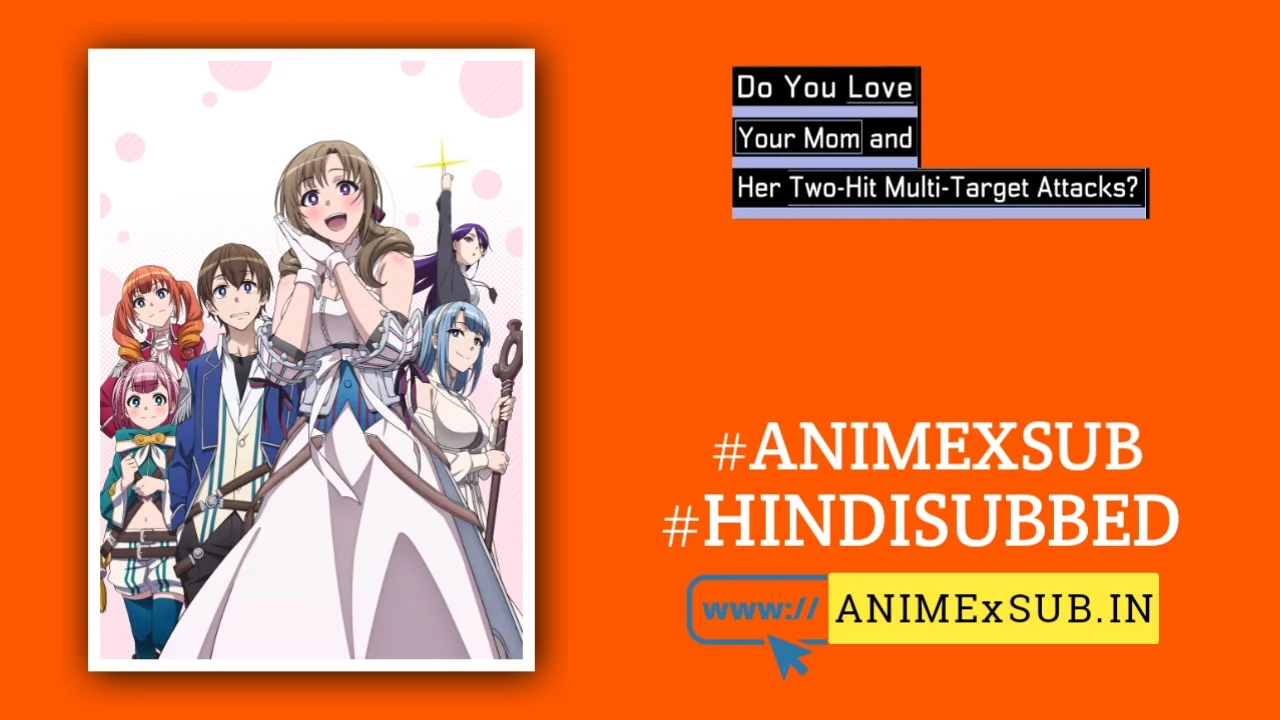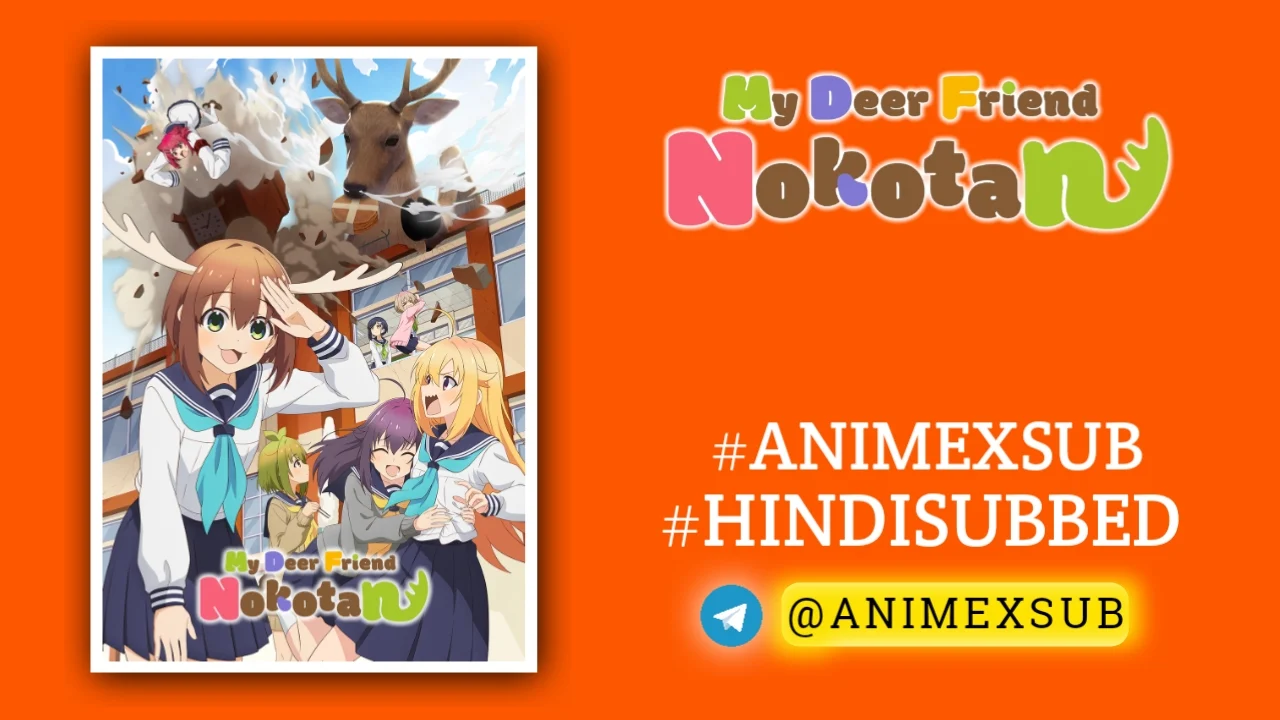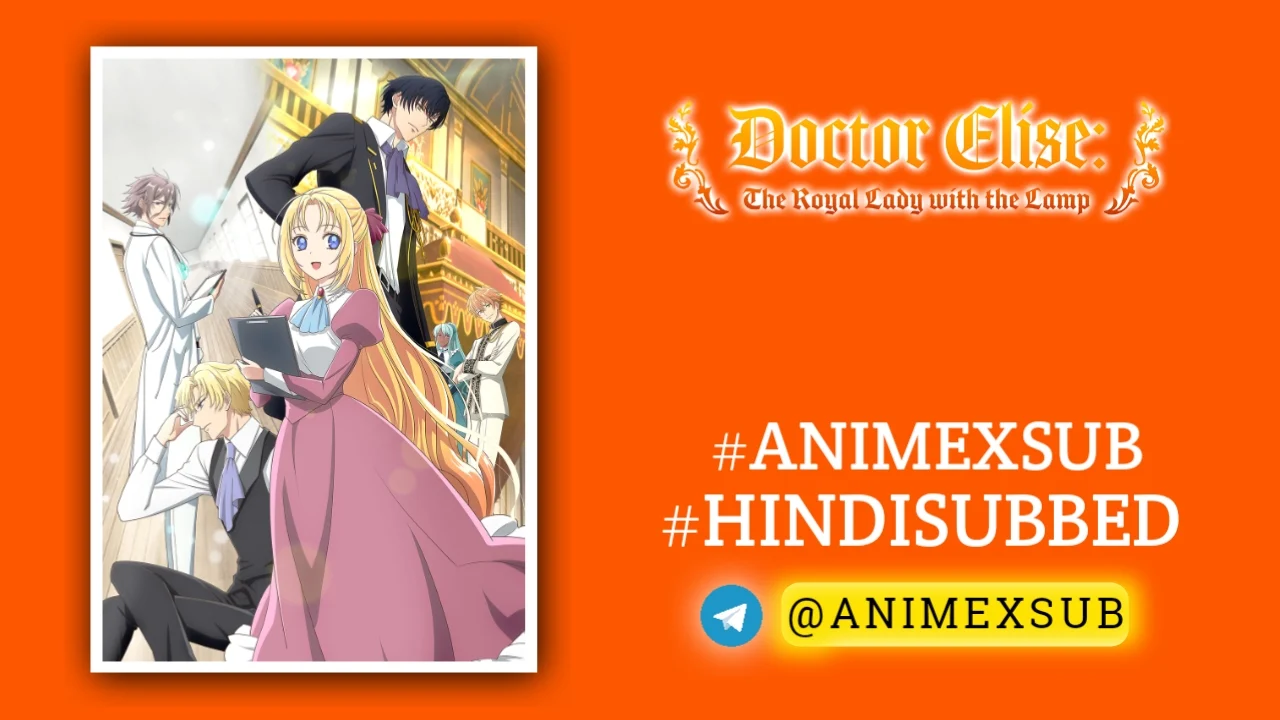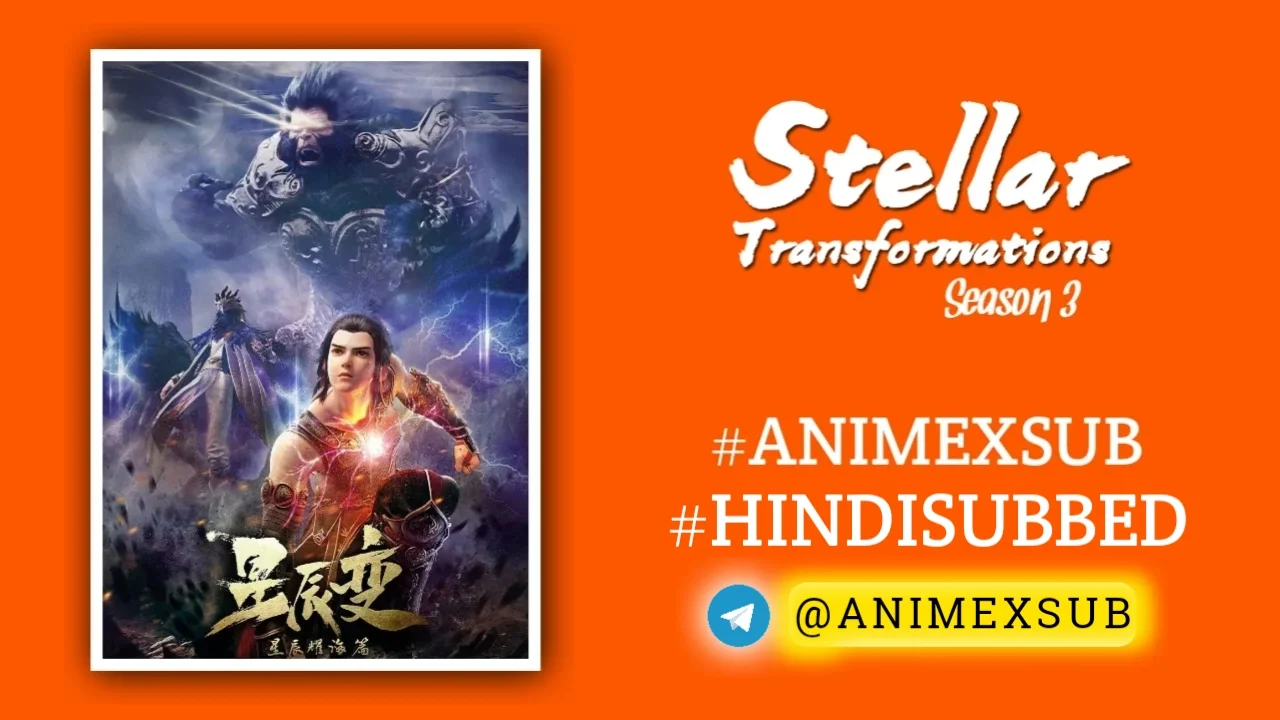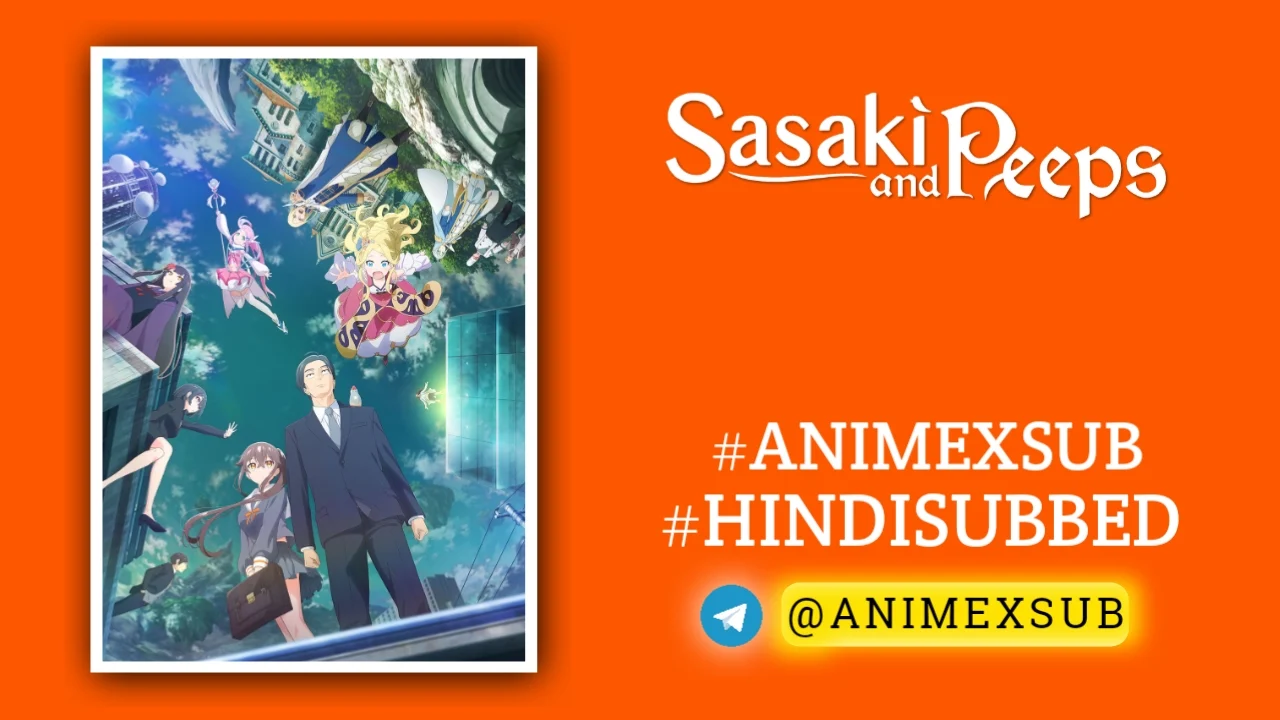
Nozoki Ana (2013) Hindi Subbed [Full Movie] {18+}

No Zo Ki A Na
Synopsis
Kido Tatsuhiko moved to Tokyo to attend an art school and start his new life. In his new room, there's a small hole in the wall. At first he can see nothing through the small hole, but one night, through the peeping hole, he saw a girl named Ikuno Emiru, a perverted voyeur who ropes him into her peeping fetish... But each winds up getting more than they bargained for. Bundled with the limited edition of the manga's 13th and final volume. (Source: AniDB)
Characters
Nozoki Ana (2013) Movie Review: A Provocative Dive into Voyeurism and Psychological Complexity
Nozoki Ana (2013), a 55-minute anime adaptation of Wakoh Honna’s manga, directed by Katsuhiko Nishijima, is a bold and polarizing exploration of voyeurism, guilt, and human connection. This TV movie, often labeled as soft-core hentai due to its explicit content, transcends its surface-level eroticism to deliver a surprisingly layered psychological narrative. While it stumbles in pacing and depth compared to its manga source, it remains a unique and provocative work that challenges viewers to reconsider the boundaries of intimacy and morality.
Plot and Premise: A Peephole into the Psyche
The story follows Tatsuhiko Kido, an art school student who moves into a Tokyo apartment, hoping for a typical college experience. His life takes a surreal turn when he discovers a peephole in his wall, revealing his neighbor, Emiru Ikuno, in a compromising act. Caught peeping, Kido is blackmailed by Emiru into a mutual voyeuristic relationship, where both observe each other through the hole. What begins as an uncomfortable arrangement spirals into a complex dynamic that tests Kido’s sanity, relationships, and understanding of desire.
The premise is undeniably provocative, using the peephole as a literal and metaphorical lens into hidden desires and vulnerabilities. Unlike typical ecchi or hentai, Nozoki Ana doesn’t shy away from exploring the emotional toll of its characters’ choices, making it more than just titillation. However, the film’s short runtime limits its ability to fully flesh out the psychological depth that the manga achieves over its 13-volume run.
Strengths: Animation and Atmosphere
Visually, Nozoki Ana is a standout. Studio Fantasia delivers crisp, vibrant animation that elevates the film beyond its niche genre. The character designs, particularly Emiru’s enigmatic presence, are striking, with expressive details that convey her complex mix of allure and manipulation. The use of lighting and shadows around the peephole scenes creates a claustrophobic, almost Hitchcockian tension, amplifying the voyeuristic theme. The soundtrack, including a theme song by predia, complements the film’s uneasy tone, blending sensuality with unease.
The film’s greatest strength is its willingness to lean into discomfort. Emiru, voiced compellingly by Sara Kirigamine, is not a one-dimensional seductress but a catalyst for Kido’s unraveling. Her voyeurism fetish forces both characters—and the audience—to confront questions about privacy, consent, and the allure of the forbidden. This psychological edge, though underdeveloped, sets Nozoki Ana apart from other adult anime that prioritize gratuitous content over substance.
Weaknesses: Lost in Translation
Despite its ambitions, the film falters in adapting the manga’s depth. The source material weaves a rich tapestry of guilt, love, and personal growth, but the movie compresses this into a rushed narrative that feels like a highlight reel. Key character backstories, especially Emiru’s, are glossed over, reducing her to an archetype rather than a fully realized character. Kido’s internal struggle is hinted at but lacks the emotional weight of the manga, making his descent feel abrupt rather than earned.
The explicit content, while integral to the story, often overshadows the psychological themes. Scenes of nudity and sex, though not as graphic as hardcore hentai, can feel excessive, catering to a specific audience at the expense of broader appeal. The 55-minute runtime simply isn’t enough to balance the erotic and introspective elements, leaving viewers with a fragmented experience that teases depth without fully delivering.
Themes and Impact: More Than Meets the Eye
At its core, Nozoki Ana is a meditation on voyeurism as both a literal act and a metaphor for human relationships. It explores how we observe others—whether through a peephole or social facades—and how those observations shape our desires and identities. The film raises uncomfortable questions about consent and power dynamics, particularly in Kido and Emiru’s coerced arrangement. While it doesn’t fully resolve these questions, it succeeds in making viewers reflect on their own boundaries.
Compared to mainstream anime, Nozoki Ana is niche and polarizing. Its 5.7/10 IMDb rating reflects this divide, with some praising its daring approach and others dismissing it as glorified erotica. Fans of the manga may find the adaptation lacking, but newcomers might appreciate its unique blend of sensuality and psychological intrigue. It’s not a masterpiece, but it’s far from the “complete drag” some critics claim.
Final Verdict: A Flawed but Fascinating Experiment
Nozoki Ana is a film that dares to be different, blending explicit content with psychological depth in a way few anime attempt. Its stunning animation and provocative themes make it a compelling watch for those open to its mature content, but its rushed pacing and truncated narrative prevent it from reaching the manga’s emotional heights. It’s best suited for viewers who enjoy boundary-pushing stories and can overlook its shortcomings as an adaptation. For a deeper experience, the manga is the way to go, but as a standalone, Nozoki Ana offers a unique, if imperfect, glimpse into the complexities of human desire.
Rating: 6.5/10 – A bold but flawed adaptation that leaves you curious, unsettled, and wanting more.






